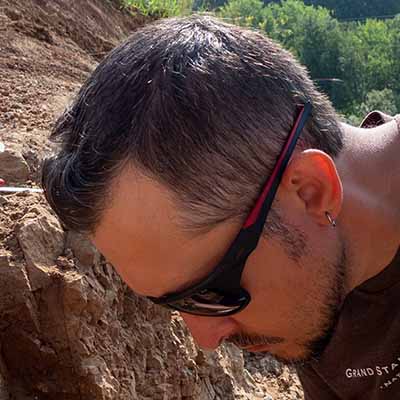Caviramus



Among the earlier non-pterodactyloids, and conversely one of the earlier pterosaur genera, Caviramus dates from the Rhaetian Stage of the Late Triassic.
It belongs to a group that includes fellow early pterosaurs like Eudimorphodon from the Late Triassic. Together these genera and possibly a few others form the Eudimorphodontidae, a family of mostly small, long-winged terrestrial pterosaurs.
The remains were found in the Kössen Formation in the Swiss Alps. The name of the only known species, C. schesaplanensis is an allusion to Mount Schesaplana, the specific area where the fossils were found. It is from close to the very end of the Triassic Period, and by this time the pterosaurs were already powerful, enterprising aviators.
The wingspan of this animal is thought to have been around 1.35 meters across. However, the genus itself is not the best-known and there have been problems with trying to restore it confidently. The holotype was named by Nadia and Jorg Frobisch in 2006. It was described on the basis of a lower jaw with teeth.
From other parts of the skull, it was gauged that the animal had some kind of keratinous crest.
A second specimen was found in 2008, but was given the name Raeticodactylus filisurensis by Stecher. Both of these genera were probably crested, with the bony crest being preserved from the second specimen. It is likely that Caviramus’ skull can be reconstructed the same way.
However, thanks to their great similarities the two are sometimes regarded as synonyms.
1.35 m (4.4 ft)



